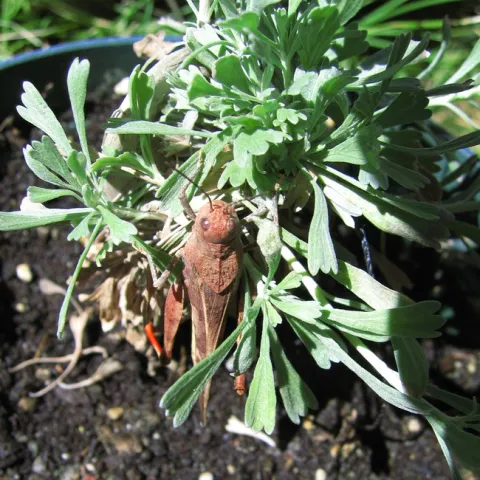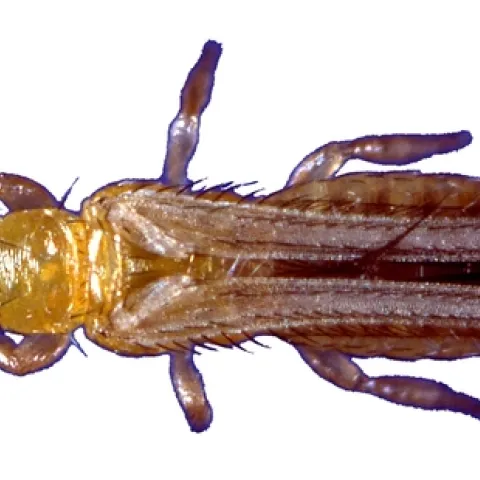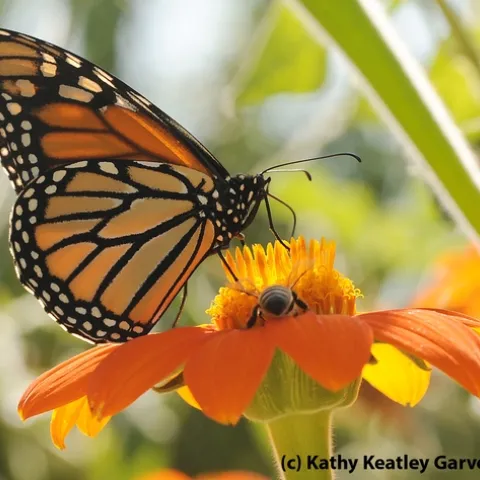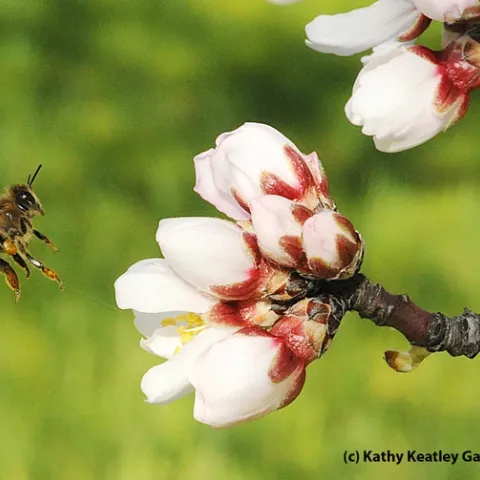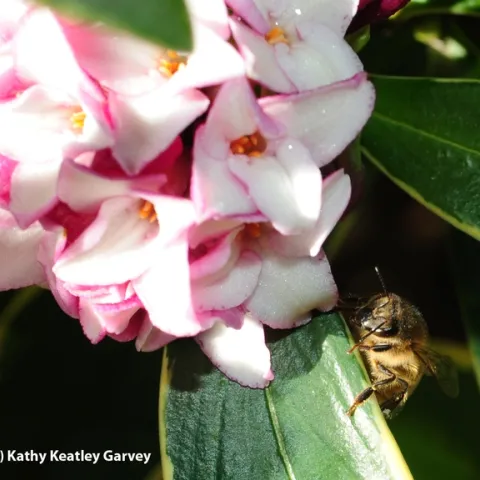Bug Squad
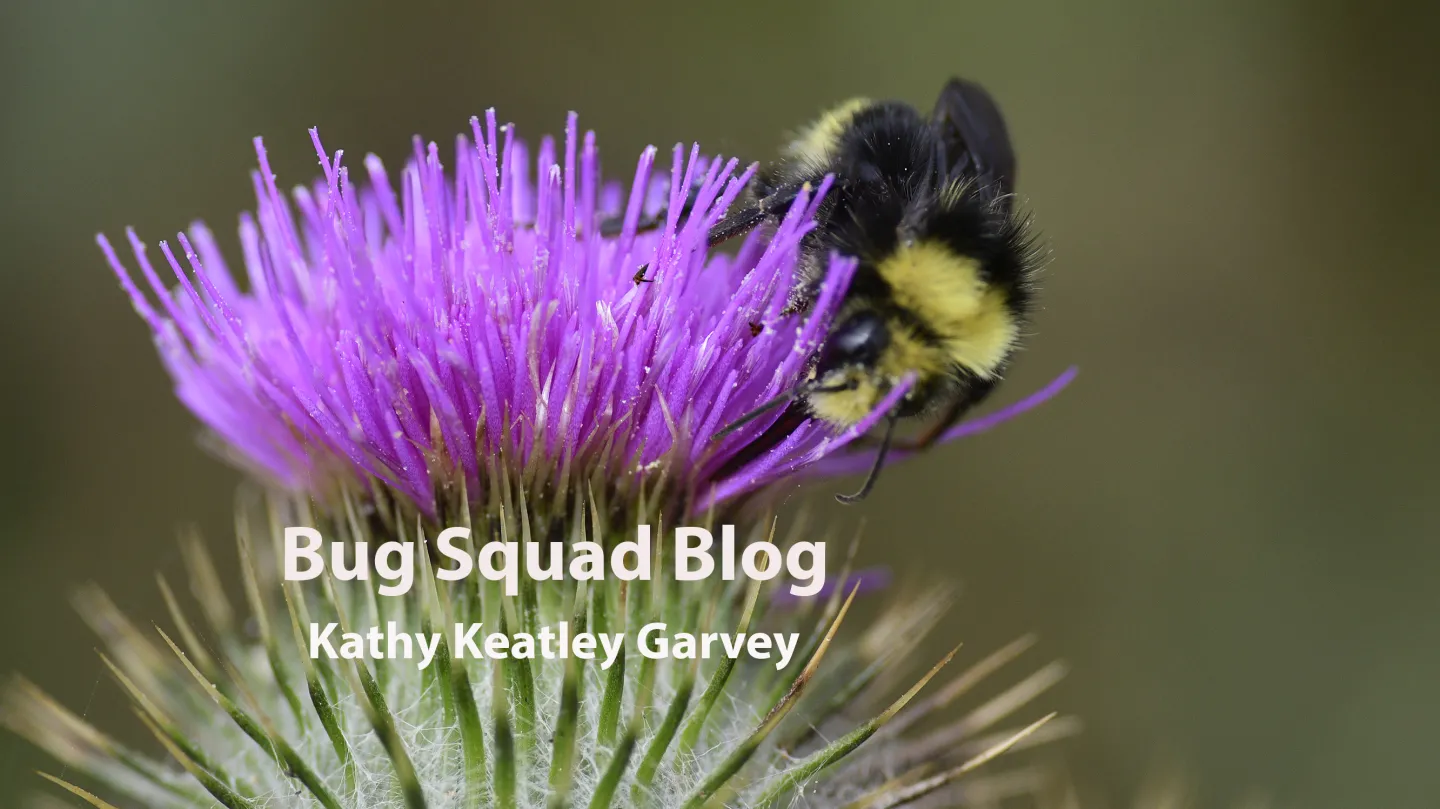
Looking for a specific Blog post?
UC ANR is renovating its website. The Bug Squad blog, by Kathy Keatley Garvey of the University of California, Davis, is a daily (Monday-Friday) blog launched Aug. 6, 2008. It is about the wonderful world of insects and the entomologists who study them. Blog posts are archived at https://my.ucanr.edu/blogs/blogcore/archive.cfm

